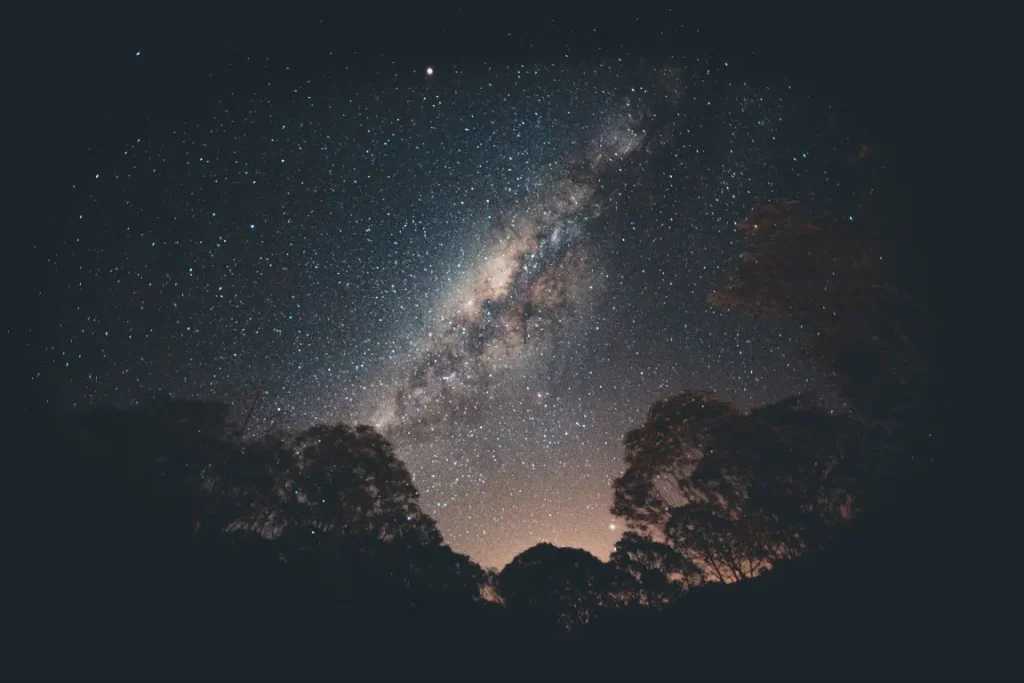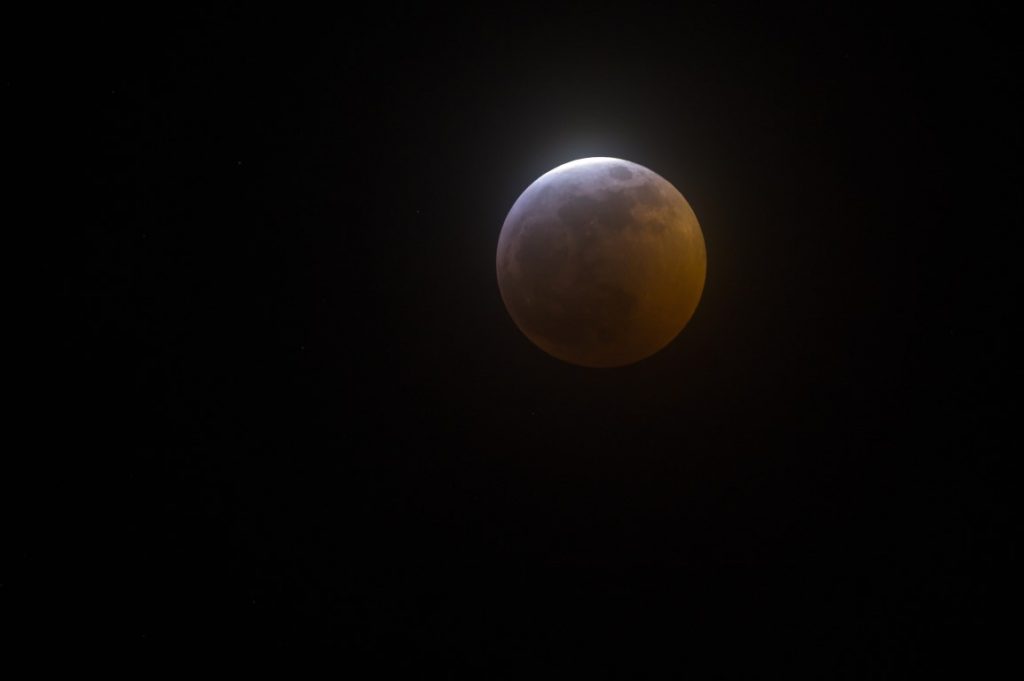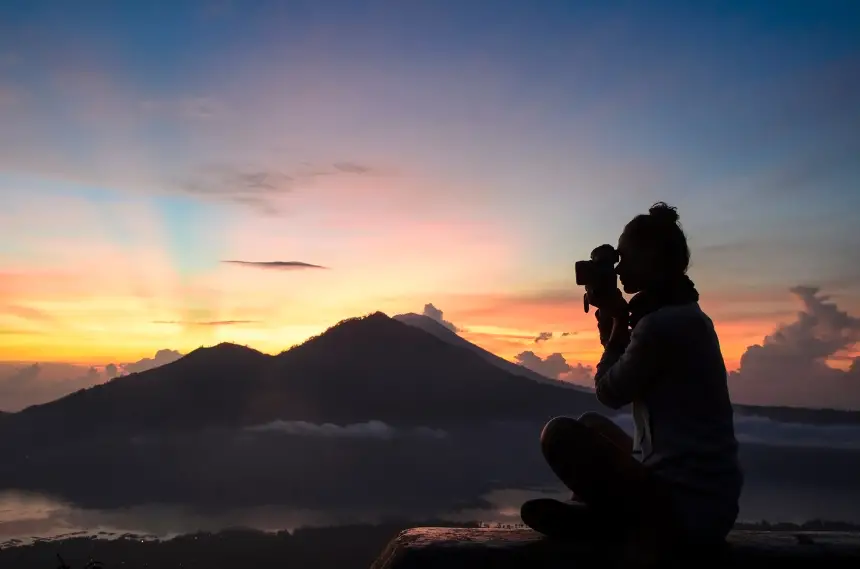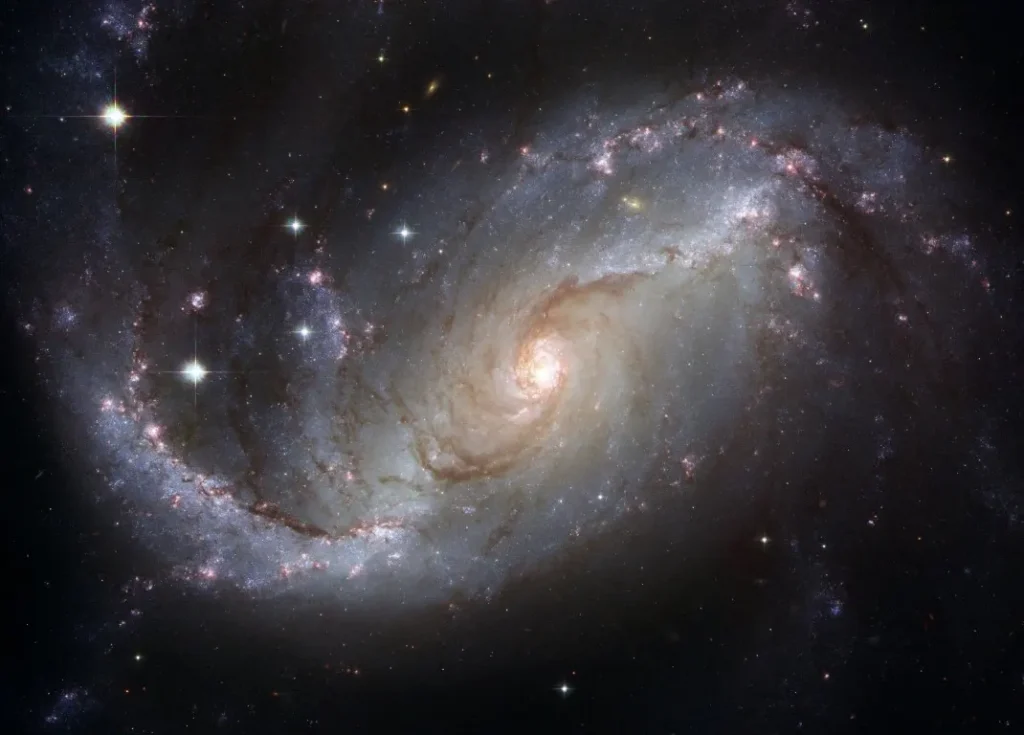
Are you tired of missing out on the beauty of the night sky due to light pollution?
I think you yearn to see galaxies in all their glory but may struggle to do so from the city.
Look no further! The right light pollution filter can open up a whole new world of stargazing opportunities.
Let’s read to discover the best light pollution filters for galaxy observation and unlock the secrets of the cosmos.
What is light pollution and how it affects the galaxies’ photography?
Light pollution is the excessive or misdirected artificial light that affects the visibility of the night sky. It is caused by street lights, billboards, and other sources of artificial light.
Do you know, light pollution is a major problem for amateur Astro-photographers? It hinders the ability to observe celestial objects such as galaxies.
Following is one of the photos I have tried quite a long period ago. It is an example that shows how street light can affect your astrophotography.
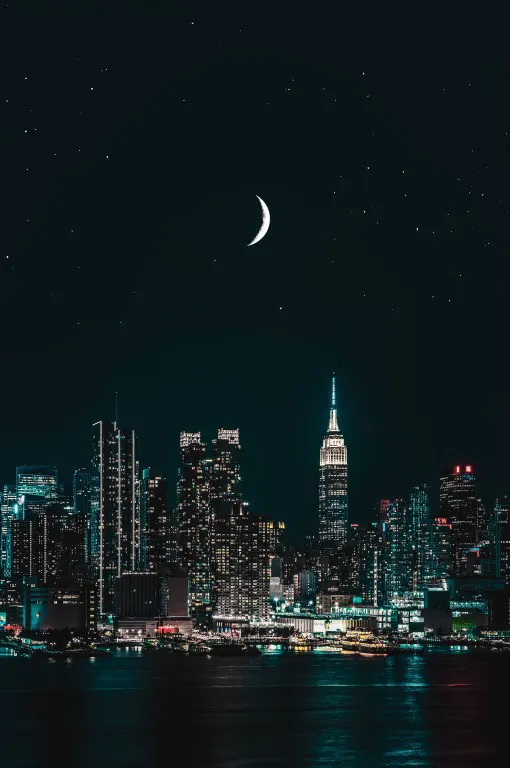
As shown in the photo, the bright light from street lights and other sources had washed out the dimmer light from stars and galaxies, therefore making them difficult or impossible to see.
This is especially true for urban areas where light pollution is most prevalent.
Without the proper tools, the beauty of the cosmos remains hidden behind a veil of light pollution.
But with the right light pollution filter, you can unlock the secrets of the night sky and experience the wonder of the galaxies like never before.
Normally, light pollution filters are carefully constructed to block out specific wavelengths of light, allowing only specified hues of light to pass through.
It is feasible to view faint objects that would be obscured by intense light pollution.
These filters are very effective for photographing galaxies because they enhance the exquisite textures and hues of these distant celestial objects.
You may observe the spiral arms of a galaxy in spectacular detail with a light pollution filter or otherwise marvel at the delicate tendrils of a galaxy’s spiral arms.
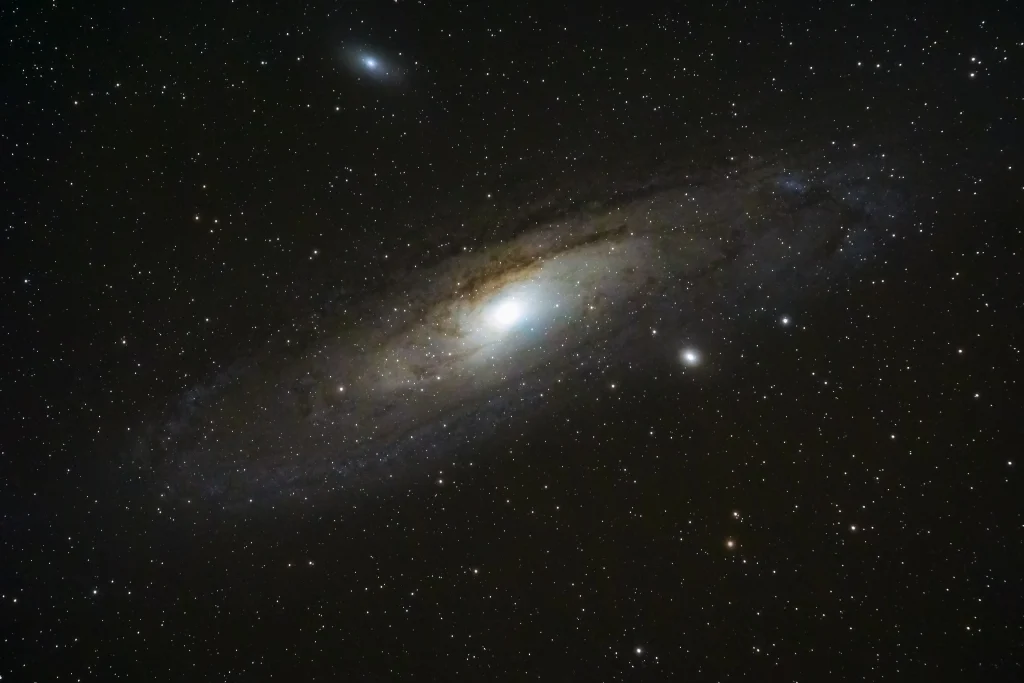
Are you tired of lackluster night sky photos due to light pollution? Now it’s time to unlock the true potential of your camera and capture the stunning beauty of the galaxies with the right light pollution filter.
The best Light Pollution Filters for Galaxy Observation and photography
When it comes to photographing galaxies, the correct light pollution filter is critical.
Therefore, I provide a guide for you to select the best suitable light pollution filters.
Here are some of the best galaxy photography light pollution filters:
Optolong L-Pro Filter:
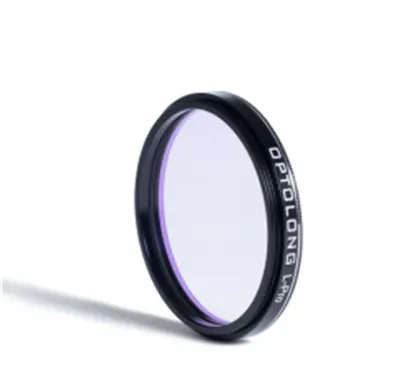
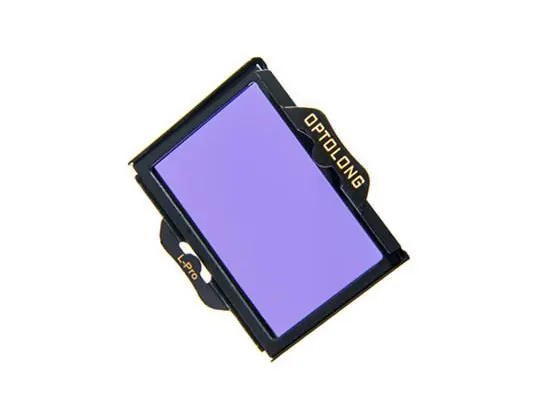
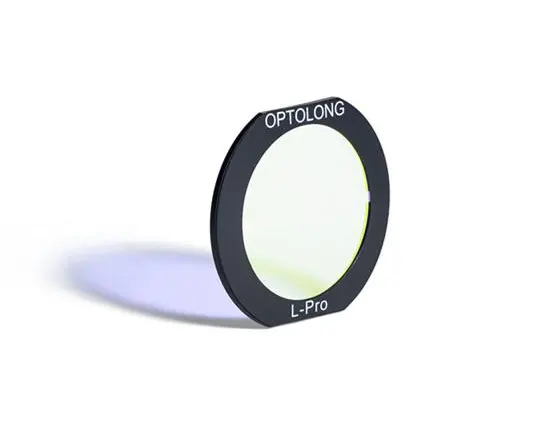
Features of Optolong L-Pro Filter
- The multi-bandpass filter blocks out specific wavelengths of light to improve galaxy visibility.
- Its purpose is to keep light pollution out while enabling red and blue light emitted by hydrogen and oxygen atoms to get through.
- This filter is very effective for photographing galaxies that radiate red and blue light.
The Astronomik CLS Filter:
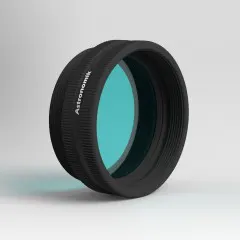
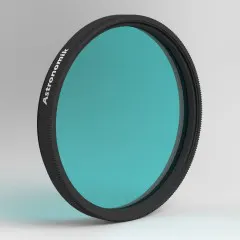
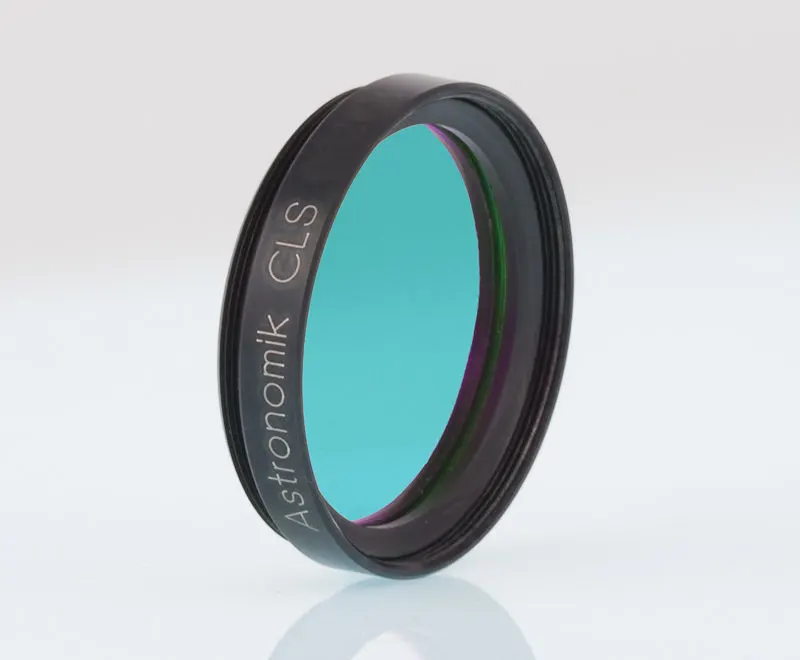
Features of the Astronomik CLS Filter
- This is a broadband filter that eliminates most light pollution while allowing light from galaxies to flow through.
- It is intended to improve the sight of galaxies, nebulae, and other celestial objects.
The Baader Moon & Skyglow Filter:
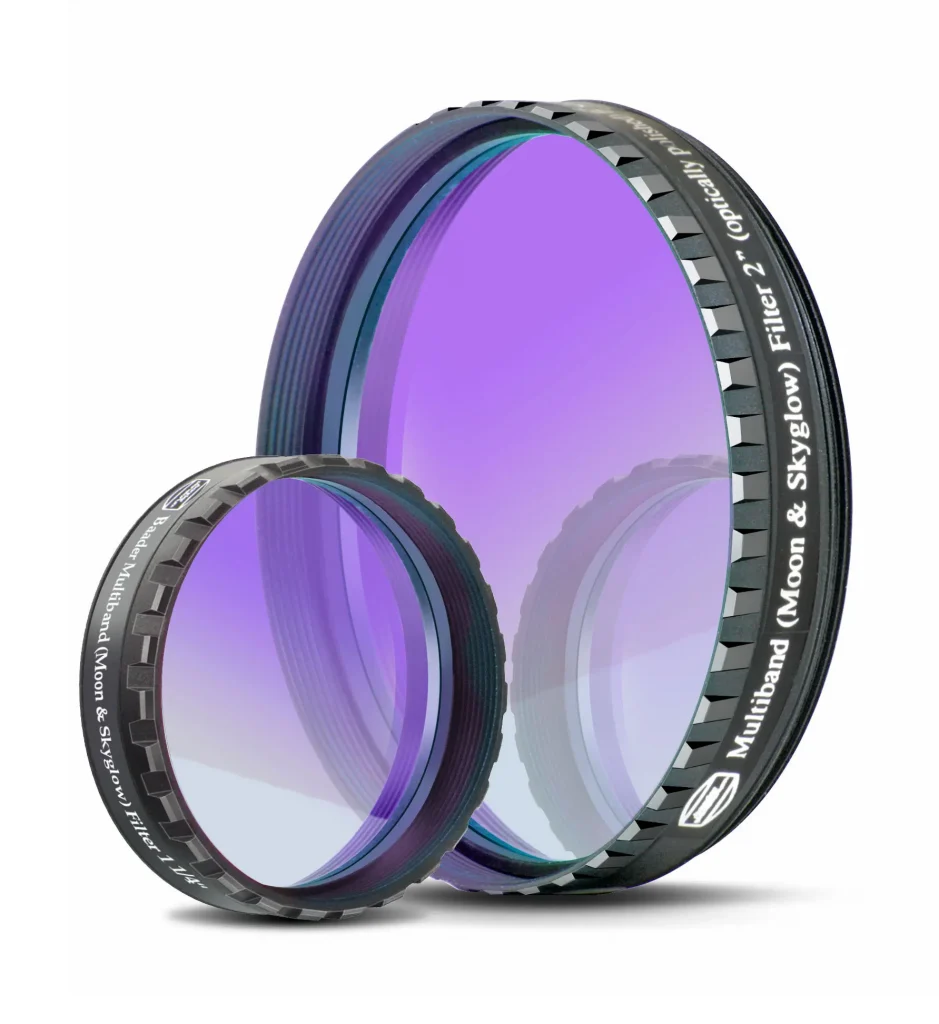
Feature of the Baader Moon & Skyglow filter
- Thisis a broadband filter that blocks most light pollution while allowing light from galaxies to flow through.
- It is intended to improve the visibility of galaxies, nebulae, and other celestial objects while minimizing the effects of light pollution.
IDAS LPS Filter:
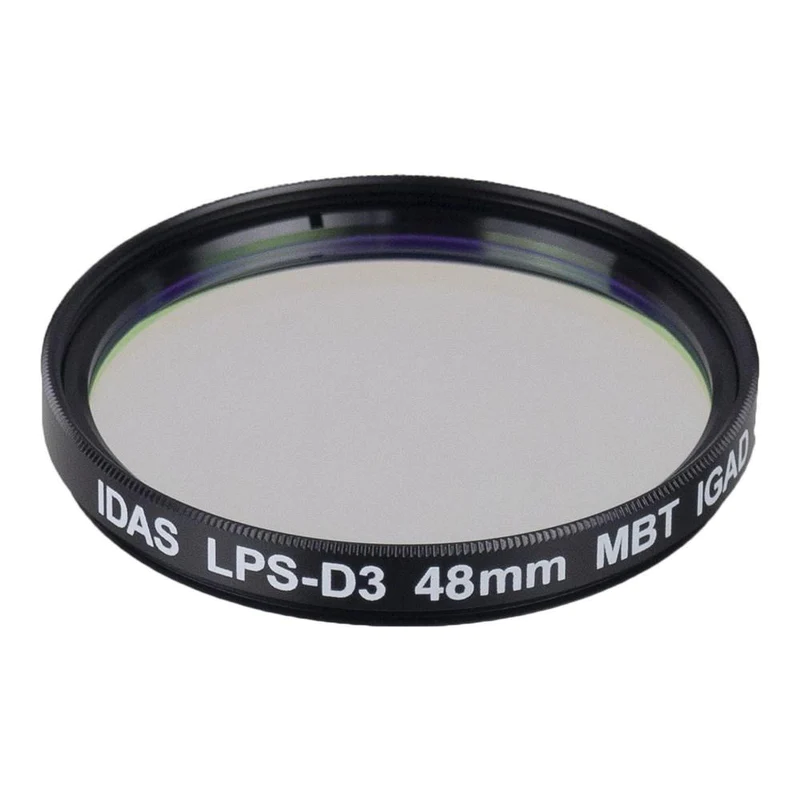
Features of IDAS LPS Filter
- This is a broadband filter that cuts out specific wavelengths of light to improve galaxy visibility.
- Its purpose is to keep light pollution out while enabling red and blue light emitted by hydrogen and oxygen atoms to get through.
- This filter is very effective for photographing galaxies that radiate red and blue light.
IDAS GNB Filter:
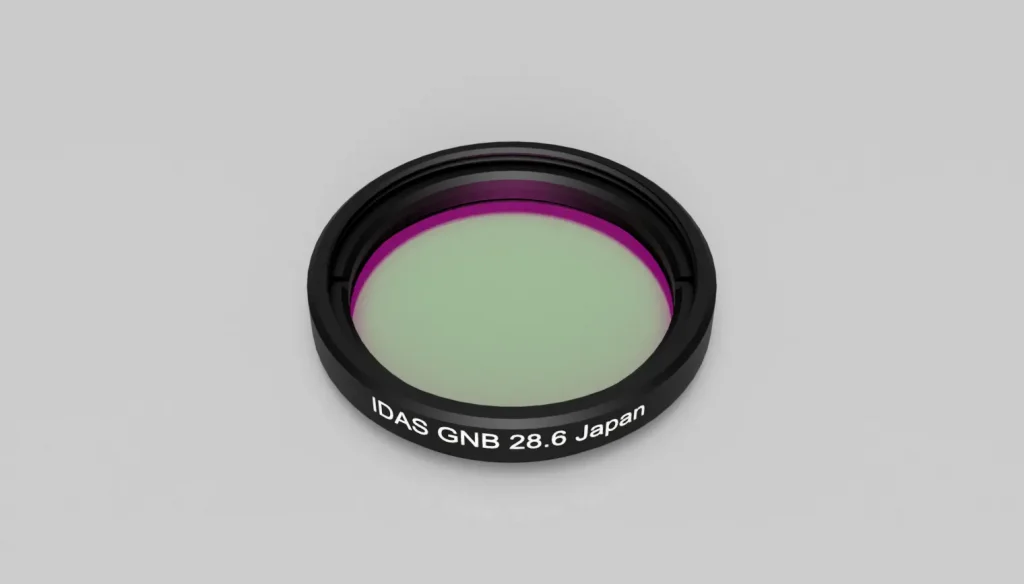
Features of IDAS GNB filter
- This is a broadband filter that cuts out specific wavelengths of light to improve galaxy viewing.
- Its purpose is to keep light pollution out while enabling red and blue light emitted by hydrogen and oxygen atoms to get through.
- This filter is very effective for photographing galaxies that radiate red and blue light.
To easiness to select the best filter I summarized the details of each filter for galaxies and listed them below.
| Filter Name | Wavelength Blocked |
|---|---|
| Optolong L-Pro Filter | specific wavelengths |
| Astronomik CLS Filter | majority of light pollution |
| Baader Moon & Skyglow Filters | majority of light pollution |
| IDAS LPS Filter | specific wavelengths |
| IDAS GNB Filter | specific wavelengths |
Here all filters are multi-broadband and telescope compatibility for all sizes
However, having a clear knowledge of all equipment that is used in astrophotography is a competitive advantage for astrophotographers. I have already provided a guide on astrophotography equipment for beginners.
Best practices for observing galaxies with the help of light pollution filters
- Select the appropriate filter:
Select a filter that is suitable for your telescope and blocks out the exact wavelengths of light pollution present in your viewing location while allowing the specific wavelengths of light emitted by galaxies to pass through.
- Use a high-quality mount:
Capturing sharp, clear photographs of galaxies requires a steady mount. Check that your mount can support the weight of your telescope and filter and that it can track objects properly.
- Use a high-quality camera:
Capturing detailed photographs of galaxies requires a high-quality camera with a big sensor and high resolution. Make certain that the camera you choose is compatible with your telescope and filter.
- Use a good eyepiece:
A good eyepiece can provide bright, crisp shots of galaxies. You should give attention to whether the selected eyepiece is compatible with your telescope and filter.
- Use a guide scope and an autoguider:
A guide scope or an autoguider can assist in keeping your telescope and camera aligned with the galaxy. It allows you to shoot long exposures without trailing or blurring.
More importantly, if you select the best autoguider, you can avoid the influence of walking noise in astrophotography.
well, if you have no idea about walking noise, I have a complete guide on what is walking noise in astrophotography and how you can avoid it.
- Avoid moving the telescope or filter during exposure:
While exposure, any movement can cause the image to blur. Therefore, check whether your telescope and filter are securely attached.
Tips for selecting the best filter for your telescope and observing location
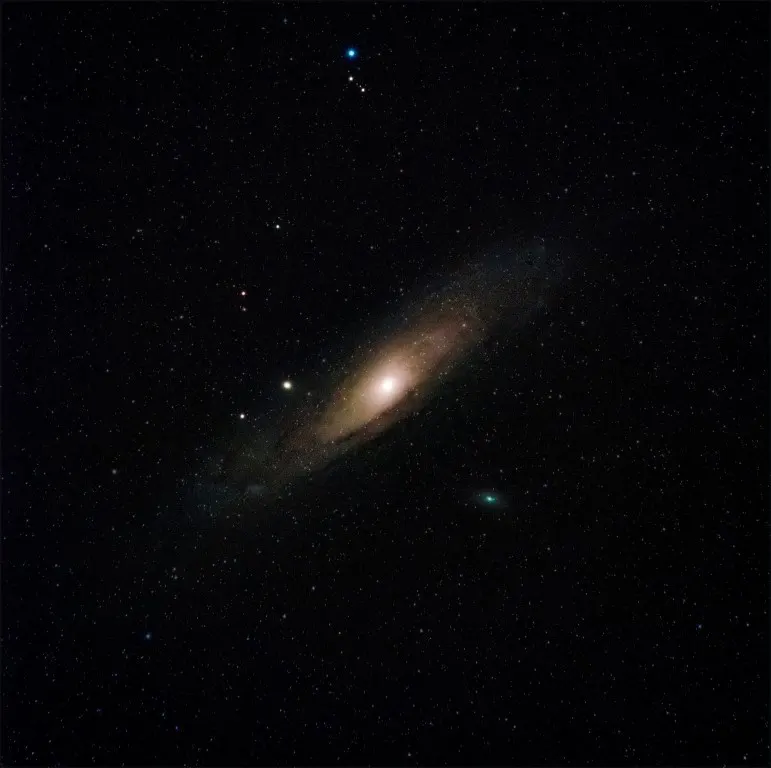
Well, I’ve been in astrophotography for quite a long time. Therefore I’ve got a lot of opportunities to try out different filters to capture the best shots of the sky.
Following are some of the tips that I can recommend you to follow when selecting a filter for you.
However, you can always improve your skills with practice.
- Wavelengths blocked:
The filter should block particular wavelengths of light pollution existing in your observing area while allowing specific wavelengths of light emitted by galaxies to pass through.
- Telescope size:
Choose a filter that is compatible with the size of your telescope. Some filters are intended for usage with specific telescope sizes or types.
- Transmission:
Look for filters with high transmission rates, as they allow more light through and can improve the visibility of galaxies.
- Quality of the glass and coatings:
To ensure the best image quality, use a filter comprised of high-quality glass and coatings.
- Personal preferences:
You may prefer one filter over another depending on the type of galaxy or object you are watching or photographing and your personal preferences. If you are primarily interested in studying hydrogen-alpha emitting galaxies, a filter like as the Optolong L-Pro or IDAS LPS would be more appropriate.
- Your observing location:
Consider the quantity of light pollution at your viewing location. It will assist you in determining which filter is more appropriate.
Conclusion
Finally, as an astrophotographer, I believe, utilizing a light pollution filter is critical for getting amazing photographs of galaxies.
Light pollution filters are meant to block out specific wavelengths of light, allowing only light from galaxies to pass through, improving visibility and features of these celestial objects.
You can lessen the influence of light pollution and catch photographs of galaxies that would otherwise be invisible with the right filter.
It’s critical to select a filter that works with your telescope, observation location, and personal tastes.
Investing in a high-quality light pollution filter can substantially improve your experience as Astro-photographer and assist you in capturing gorgeous photographs of the night sky.
Justin Parker is a professional photographer and has been in the industry since 2007. He attended the University of Georgia. Justin combines his passion for photography and his interest in writing to give life to this blog which talks about photography in order to help and inspire young photographers.

